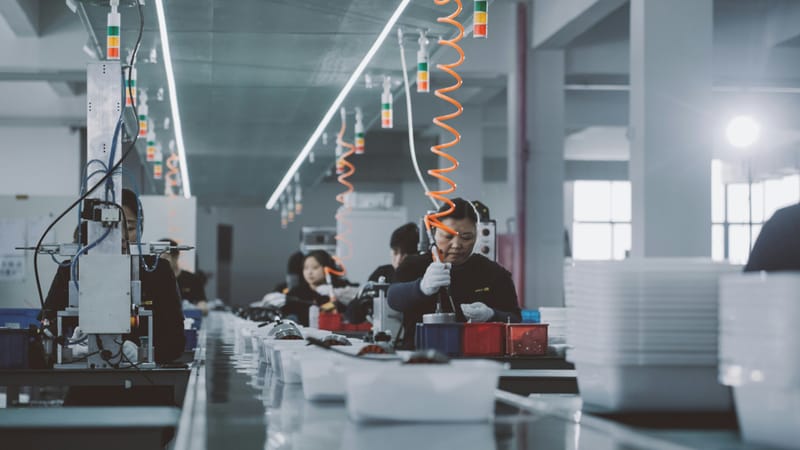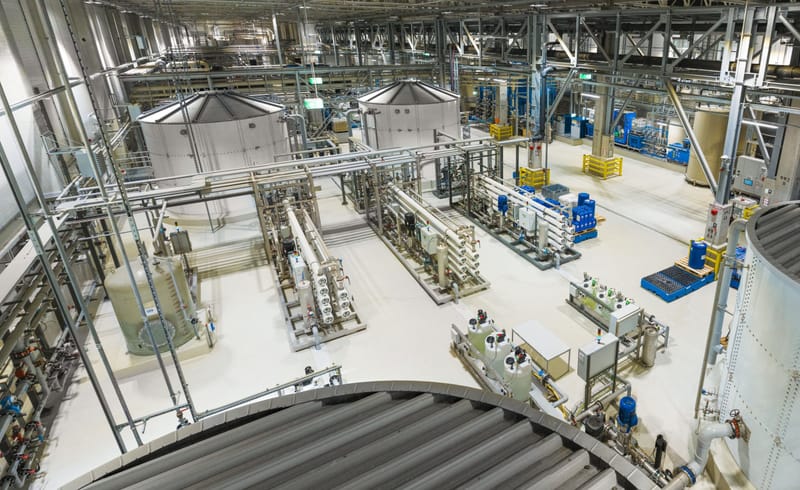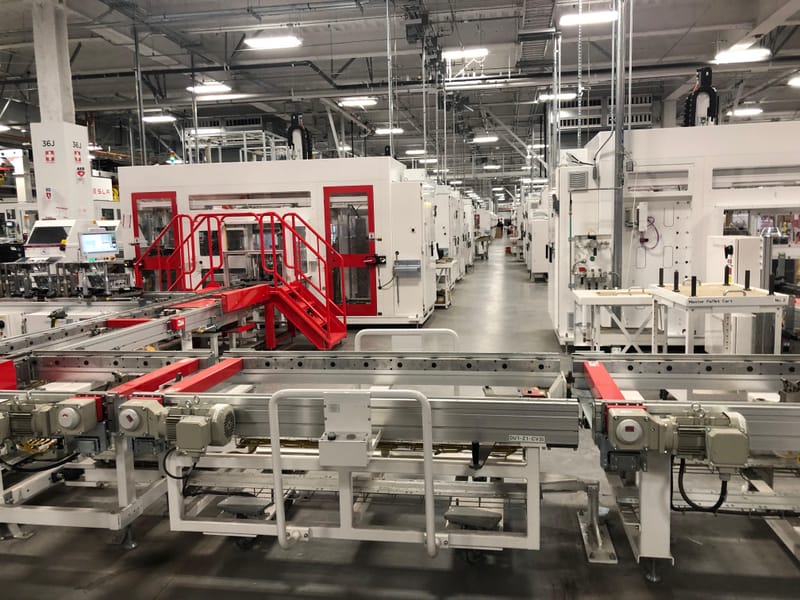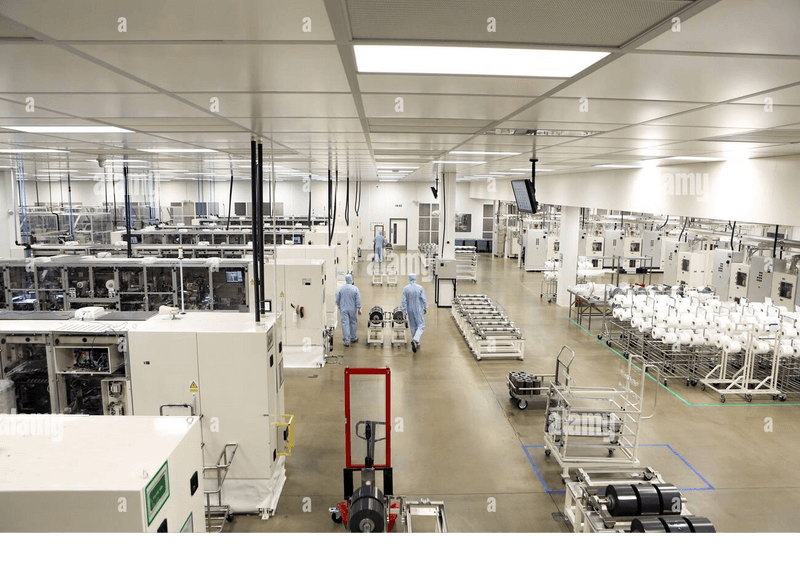Innovative Approaches to Sustainable Water Management in Gigafactories
Identifying Challenges for a Greener Future
Water, the essence of life, underpins the operations of businesses, communities, and ecosystems worldwide. Yet, as urbanization accelerates, populations expand, and climate change alters precipitation patterns, the sustainable management of water resources becomes increasingly critical. Nowhere is this more evident than in gigafactories—powerhouses of innovation that enable the large-scale production of lithium-ion batteries, driving the transformation of electric vehicles and renewable energy solutions. However, the monumental scale and intricate processes within gigafactories demand substantial water resources, from cooling systems to electrode manufacturing. Addressing this challenge necessitates a multifaceted approach to sustainable water management. In this comprehensive exploration, we delve into strategies, technologies, and best practices aimed at fostering water sustainability within gigafactories.

Water Efficiency and Conservation Measures
The cornerstone of achieving sustainable water management in gigafactories lies in implementing water efficiency and conservation measures. These encompass a variety of strategies aimed at optimizing water umonitoring technologiessage, reducing waste, and instilling a culture of conservation within the facility. Let's explore each aspect in detail to understand their significance and implementation within the context of gigafactory operations.
Leak Detection and Repair
Implementing rigorous programs for detecting and repairing leaks is crucial in mitigating water losses caused by plumbing system leaks. Gigafactories typically employ advanced monitoring technologies and conduct regular inspections to swiftly identify leaks and take corrective action promptly. Addressing leaks promptly not only prevents unnecessary water waste but also conserves precious resources and minimizes operational disruptions. Furthermore, proactive efforts in leak detection and repair contribute to preserving infrastructure integrity and reducing long-term maintenance costs.
Water Metering and Monitoring
The installation of sophisticated metering and monitoring systems empowers gigafactories to accurately track water usage, identify consumption patterns, and identify areas for improvement. These systems leverage state-of-the-art sensors and data analytics tools to offer real-time insights into water usage across different processes and areas within the facility. By analyzing consumption data, facility managers can pinpoint inefficiencies, optimize water usage, and implement targeted conservation measures. Additionally, water metering and monitoring facilitate compliance with regulatory requirements and support evidence-based decision-making to drive continuous improvement in water management practices.
Employee Training and Awareness
Establishing a culture of water conservation among employees is essential for the success of water efficiency initiatives within gigafactories. Comprehensive training programs are designed to raise awareness about the importance of water conservation and empower employees to adopt water-saving behaviors in their daily routines. Through educational workshops, awareness campaigns, and effective communication channels, gigafactories foster a sense of ownership and responsibility among employees towards sustainable water management. Engaging employees as active participants in conservation efforts allows gigafactories to leverage the collective power of their workforce to drive meaningful change and achieve long-term sustainability objectives.
Performance Monitoring and Benchmarking:
The establishment of robust performance metrics and benchmarks enables gigafactories to systematically evaluate the effectiveness of their water conservation efforts and track progress over time. Key performance indicators (KPIs) such as water usage intensity, leakage rates, and water recycling rates offer valuable insights into the performance of water management systems and processes. By comparing performance metrics against established benchmarks and industry standards, gigafactories can identify areas for improvement, set targets for performance enhancement, and measure the impact of implemented initiatives. Continuous monitoring and benchmarking cultivate a culture of accountability, transparency, and continuous improvement, propelling gigafactories towards achieving their water sustainability goals.

Water Recycling and Reuse
Gigafactories have the potential to significantly decrease their dependency on freshwater through the adoption of water recycling and reuse techniques, including:
- Greywater Recycling: Gigafactories repurpose wastewater from non-industrial sources like sinks and showers for secondary uses such as landscaping irrigation and cooling tower makeup. This practice conserves freshwater resources while fulfilling additional water requirements within the facility.
- Industrial Wastewater Treatment and Reuse: Gigafactories employ advanced treatment methods such as reverse osmosis and membrane filtration to treat industrial wastewater. This treated water can then be reused in critical processes, effectively closing the loop on water consumption and reducing the need for freshwater sources.
- Process Water Reuse: Gigafactories explore opportunities to recycle water generated during manufacturing operations. By reusing process water, they decrease their reliance on freshwater sources and minimize overall water consumption throughout the production cycle, contributing to sustainable resource management.
- Closed-Loop Water Circulation Systems: Gigafactories implement closed-loop systems to internally recirculate and reuse water within the facility. This practice minimizes both freshwater intake and wastewater discharge, optimizing resource efficiency and reducing the environmental impact of water usage in gigafactory operations.

Alternative Water Sources
In regions facing freshwater scarcity, gigafactories can explore alternative water sources to meet their operational needs. These alternatives include:
1. Rainwater Harvesting: Gigafactories utilize innovative rainwater harvesting systems, such as catchment surfaces and storage tanks, to collect and utilize rainwater for various purposes such as landscape irrigation and toilet flushing.
2. Groundwater Utilization: Gigafactories conduct thorough hydrogeological assessments to assess the sustainability of groundwater extraction. This ensures responsible usage while safeguarding aquifer integrity.
3. Seawater Desalination: Gigafactories leverage advanced desalination technologies like thermal distillation and reverse osmosis to treat seawater for industrial use, with considerations for energy consumption and brine disposal.

Water Management Strategies and Best Practices
Achieving sustainable water management in gigafactories requires a comprehensive approach that includes:
1. Water-Conscious Facility Design: Gigafactories integrate water-efficient features and technologies into their facility design, such as rainwater collection systems and wastewater treatment plants, to optimize water usage and mitigate environmental impact.
2. Water Stewardship and Stakeholder Engagement: Gigafactories collaborate with stakeholders including local communities, water authorities, and environmental organizations to promote collaboration, transparency, and responsible water stewardship aligned with regional sustainability goals.
3. Continuous Monitoring and Improvement: Gigafactories establish robust monitoring protocols to track water consumption, identify areas for improvement, and drive continuous optimisation through data-driven decision-making and performance benchmarking.
Conclusion
Sustainable water management is integral to gigafactories' commitment to environmental stewardship and operational resilience. By implementing water efficiency measures, recycling and reusing water, exploring alternative sources, and embracing comprehensive management strategies, gigafactories can address the challenges posed by water scarcity while advancing sustainability goals. This journey toward sustainable water management requires innovation, collaboration, and unwavering dedication to environmental responsibility, ensuring a greener, more sustainable future for gigafactories and the communities they serve. For those interested in further exploring gigafactory design, construction, and sustainability practices, the upcoming Global Summit on Gigafactory Design and Construction provides an invaluable platform to engage with industry leaders and experts. Scheduled for April 18-19, 2024, in Berlin, Germany, this event promises insightful discussions, case studies, and technological advancements relevant to sustainable gigafactory operations. Register now to be part of this transformative dialogue and drive progress toward a more sustainable future.